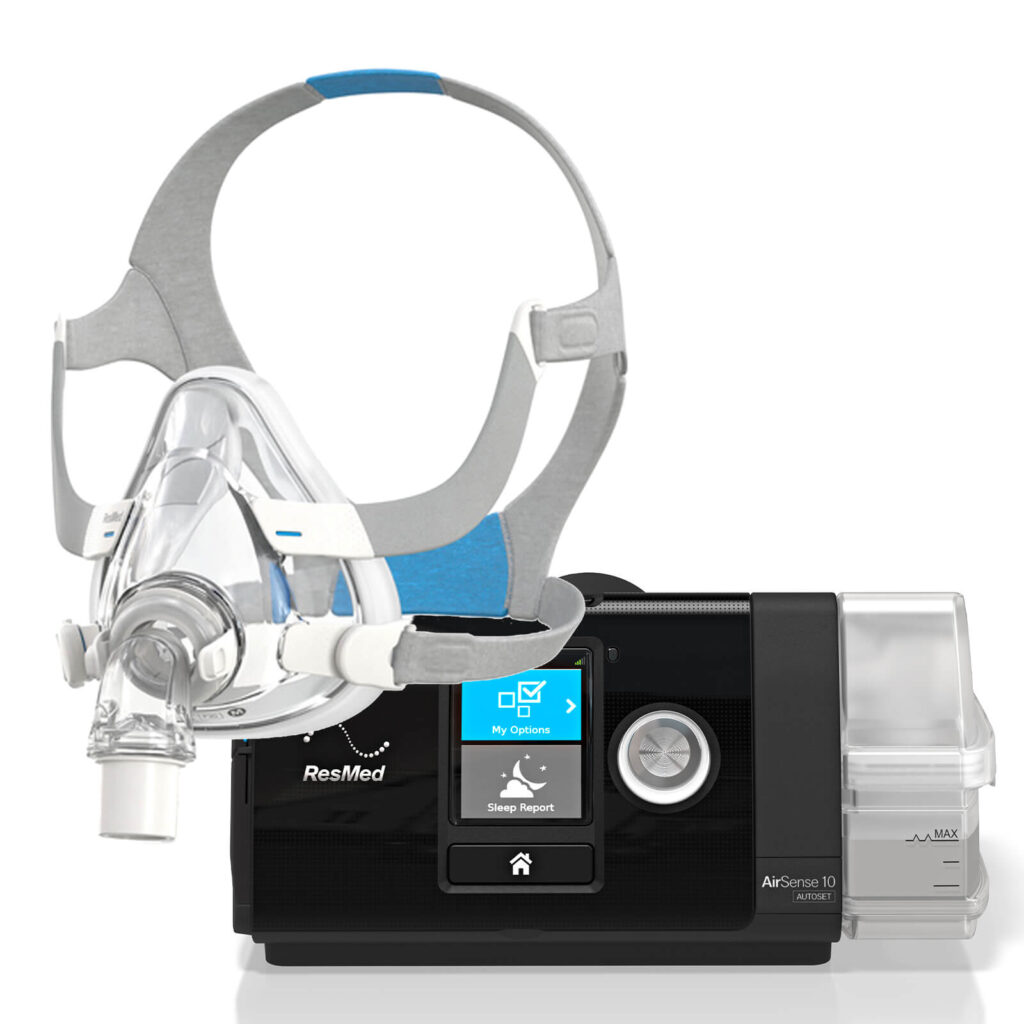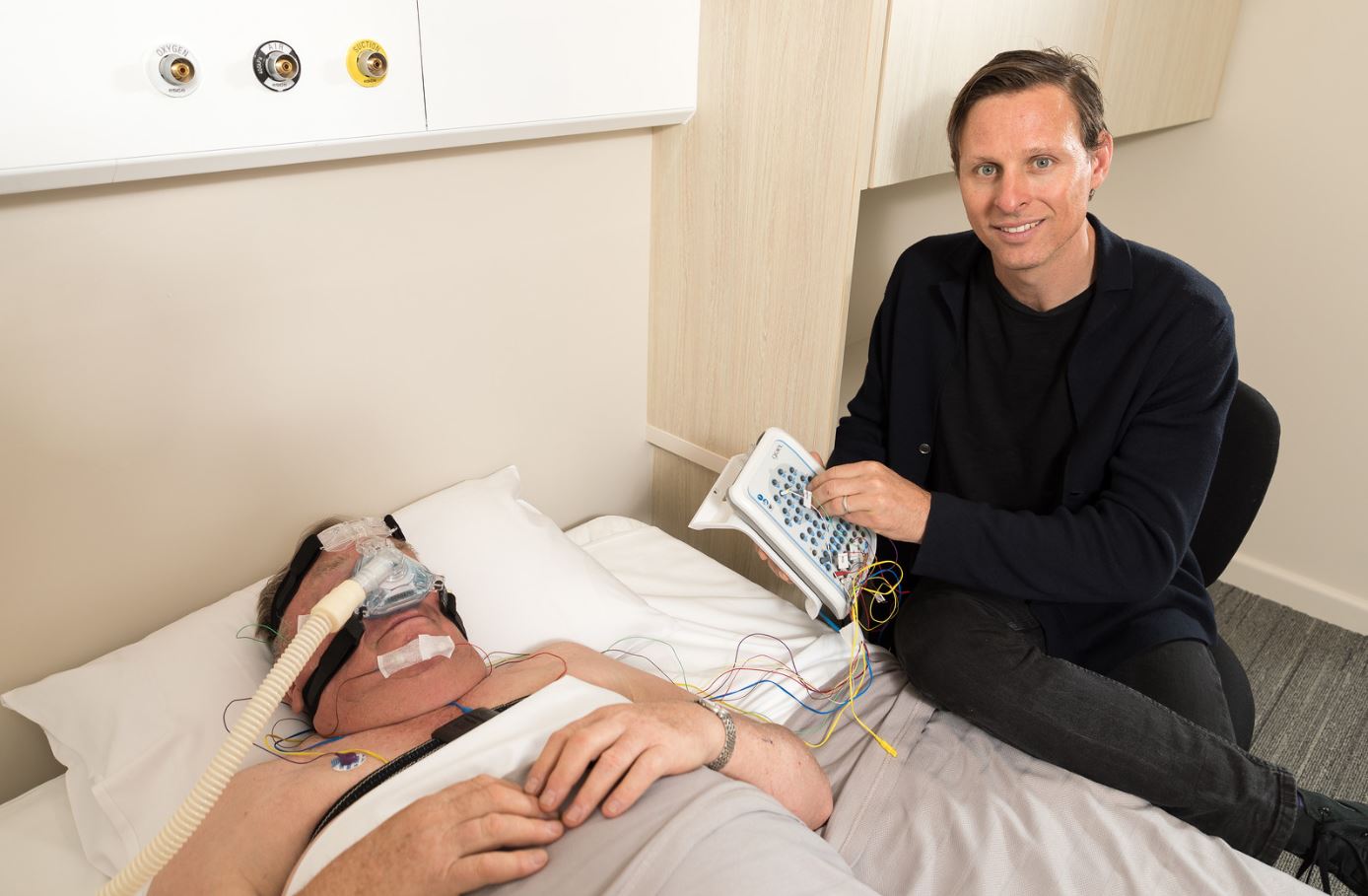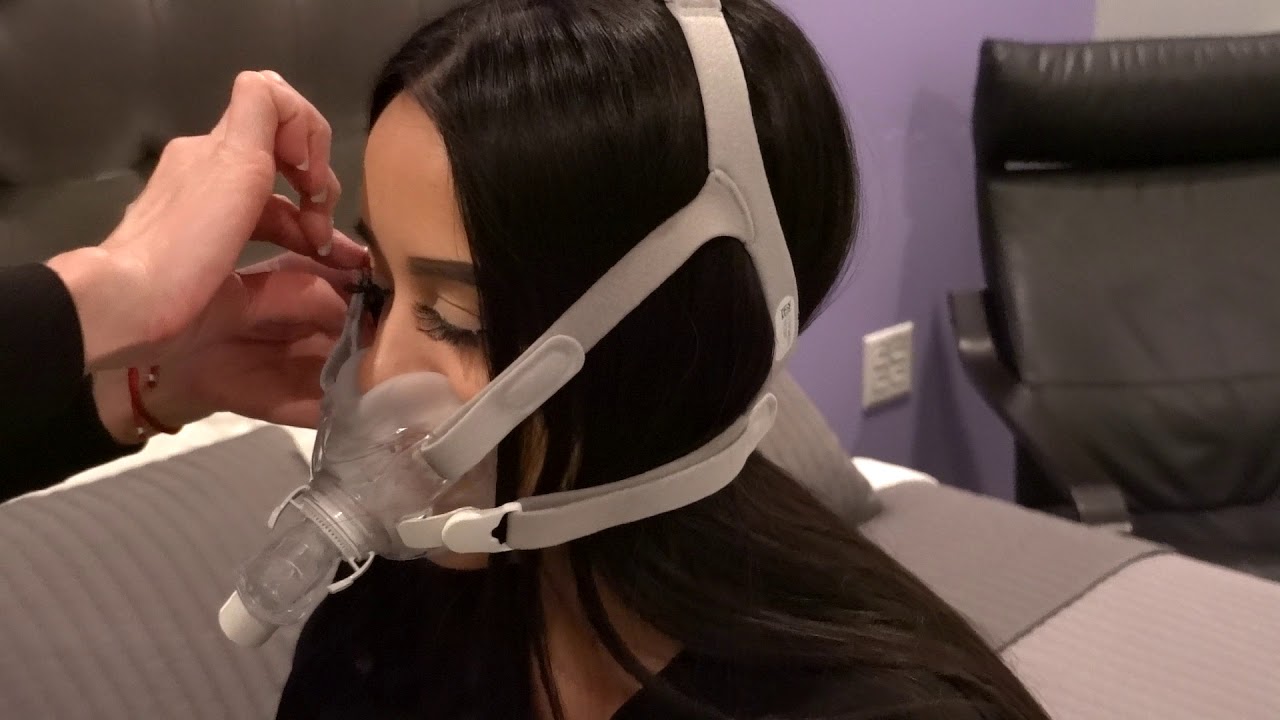In today’s fast-paced world, clear vision has become more important than ever. From reading emails and navigating through city streets to enjoying the beauty of nature, our eyes play a vital role in our everyday lives. However, for those who have been burdened by glasses or contact lenses, the dream of visual freedom has often seemed out of reach. That is until the advent of LASIK – a revolutionary eye surgery that has transformed the lives of millions.
Understanding LASIK: A Brief Overview
Before delving into the life-changing impact of LASIK surgery, it is essential to grasp the fundamentals of this groundbreaking procedure. LASIK, or Laser-Assisted In Situ Keratomileusis, is a surgical technique used to correct refractive errors, such as nearsightedness, farsightedness, and astigmatism. By reshaping the cornea – the clear front part of the eye – LASIK enables light to focus properly onto the retina, resulting in significantly improved vision without the need for corrective eyewear.
The Science Behind LASIK
At the core of LASIK is advanced laser technology, which precisely and safely reshapes the cornea to correct visual impairments. The procedure begins with the creation of a thin flap on the cornea’s surface, exposing the underlying tissue. An excimer laser, a cool ultraviolet light beam, is then used to reshape the cornea, removing minuscule amounts of tissue to achieve the desired correction. Once the cornea is reshaped, the flap is laid back in its original position, acting as a natural bandage and promoting quick healing.
The Evolution of LASIK Surgery
Since its introduction in the late 1980s, LASIK has undergone significant advancements, resulting in improved outcomes and enhanced safety for patients. Early LASIK procedures required the use of a mechanical blade – microkeratome – to create the corneal flap. However, technological advancements led to the development of femtosecond lasers, which provide greater precision and better flap outcomes. The refinement of laser technology and surgical techniques has made LASIK one of the most commonly performed elective surgeries today.
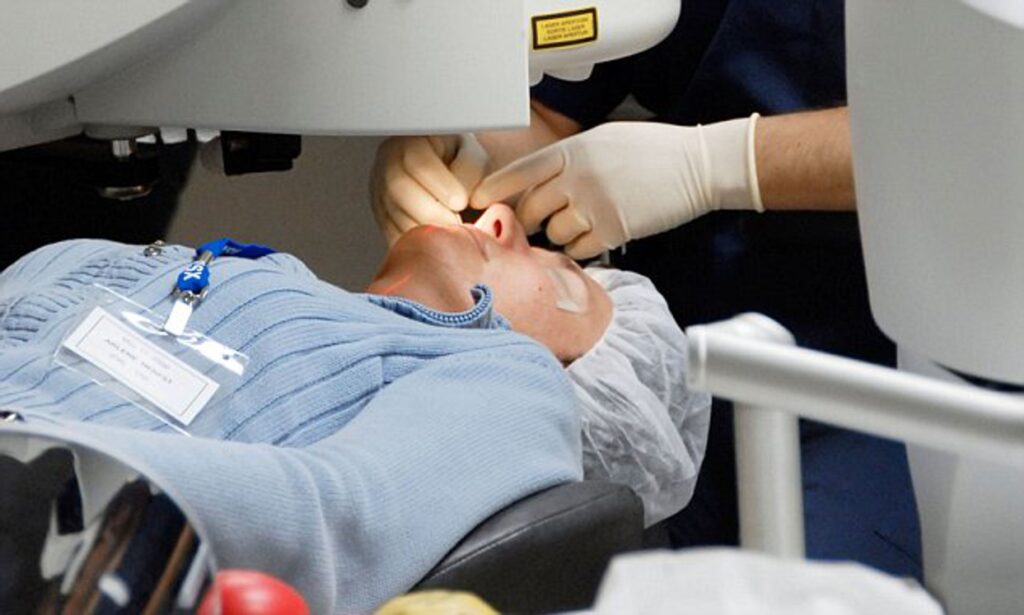
Over the years, LASIK has become a preferred choice for individuals seeking freedom from glasses or contact lenses. The procedure’s success can be attributed to its high success rate, with the majority of patients achieving 20/20 vision or better after surgery. LASIK has also gained popularity due to its quick recovery time, allowing patients to resume their daily activities within a few days.
One of the key advantages of LASIK is its ability to correct multiple refractive errors simultaneously. Whether a person is nearsighted, farsighted, or has astigmatism, LASIK can address these issues in one procedure, eliminating the need for multiple surgeries. This convenience factor has made LASIK a preferred choice for individuals with busy lifestyles who want to minimize downtime.
Another significant development in LASIK surgery is the introduction of wavefront technology. This technology allows for a highly personalized treatment approach, as it maps the unique imperfections of each individual’s eye. By creating a detailed three-dimensional map of the eye, wavefront-guided LASIK can correct even the most complex visual aberrations, resulting in superior visual outcomes.
Furthermore, LASIK has evolved beyond traditional refractive errors correction. It is now used in combination with other procedures to address additional eye conditions. For instance, LASIK can be combined with cataract surgery to correct both refractive errors and remove the clouded lens caused by cataracts. This combination approach provides patients with comprehensive vision correction and improved overall eye health.
As technology continues to advance, the future of LASIK looks promising. Researchers are exploring the use of femtosecond lasers for other eye surgeries, such as corneal transplants and treatment of corneal diseases. These advancements have the potential to revolutionize the field of ophthalmology, offering patients safer and more effective treatment options.
See Also: An Overview of the ResMed Mask Range
The Journey Towards Visual Freedom
The decision to undergo LASIK surgery is a significant step towards achieving visual freedom. This advanced procedure has transformed the lives of millions of individuals around the world, freeing them from the constraints of glasses and contact lenses. Let’s delve deeper into the journey, from the preparations and expectations before surgery, to the step-by-step guide of the LASIK procedure, and finally, the recovery and care post-surgery.
Pre-Surgery: Preparations and Expectations
Prior to undergoing LASIK, individuals interested in the procedure undergo a comprehensive eye examination to evaluate their candidacy. This examination is conducted by an experienced ophthalmologist who specializes in refractive surgery. The ophthalmologist assesses various factors, including eye health, refractive errors, corneal thickness, and general medical history, to ensure optimal results.
During this evaluation, the ophthalmologist takes the time to educate patients about the potential risks and benefits of LASIK. They discuss the expected outcomes, addressing any concerns or questions the patients may have. This thorough information empowers individuals to make informed decisions about their vision correction options.
The LASIK Procedure: A Step-by-Step Guide
The LASIK procedure is designed to be quick, efficient, and virtually painless. On the day of the surgery, patients arrive at the laser eye center, filled with anticipation and excitement. Before entering the operating room, they are greeted by a friendly and supportive staff, who ensure their comfort throughout the entire process.
Once inside the operating room, patients are positioned under the laser apparatus, which guides the surgeon in reshaping the cornea. The surgeon begins by administering numbing eye drops to ensure that the patient remains comfortable throughout the procedure. These drops effectively eliminate any pain or discomfort.
With the patient’s eyes properly numbed, the surgeon creates a thin flap on the cornea using a microkeratome or femtosecond laser. This flap is gently lifted to expose the underlying corneal tissue. The surgeon then uses an excimer laser to precisely reshape the cornea, correcting any refractive errors such as nearsightedness, farsightedness, or astigmatism.
The entire LASIK process usually takes less than 30 minutes, with the laser itself operating for mere seconds on each eye. Most patients report only minor discomfort, if any, during the procedure. The advanced technology and expertise of the surgeon ensure a smooth and successful outcome.

Post-Surgery: Recovery and Care
Following LASIK surgery, proper care and attention are crucial for a smooth recovery. Patients are advised to rest their eyes and avoid any strenuous activities for a few days. This allows the cornea to heal and stabilize, ensuring the best possible visual outcome.
Eye drops play a vital role in the recovery process. Patients are prescribed antibiotic eye drops to prevent infection and lubricating eye drops to keep the eyes moist and comfortable. These drops are used according to the surgeon’s instructions, promoting healing and minimizing any potential discomfort.
Regular follow-up visits with the surgeon are scheduled to monitor the healing progress and address any concerns. During these visits, the surgeon examines the eyes, ensuring that they are healing as expected. Any issues or questions that arise are promptly addressed, providing patients with peace of mind.
With each passing day, visual acuity improves, revealing the life-changing impact of LASIK. Patients often experience a newfound sense of freedom as they wake up in the morning and no longer reach for their glasses or fumble with contact lenses. The world becomes clearer, sharper, and more vibrant, enhancing their overall quality of life.
In conclusion, the journey towards visual freedom through LASIK surgery is a remarkable one. From the preparations and expectations before surgery, to the step-by-step guide of the LASIK procedure, and finally, the recovery and care post-surgery, every step is carefully designed to ensure optimal results. LASIK has revolutionized the field of vision correction, empowering individuals to embrace a life without the barriers of glasses or contact lenses.
The Life-Changing Impact of LASIK
Immediate and Long-Term Benefits
As the effects of the LASIK surgery settle in, patients experience a transformation in their daily lives. The immediate benefit of improved vision without reliance on glasses or contact lenses brings a newfound sense of freedom and convenience. Activities such as swimming, playing sports, and enjoying outdoor adventures become more enjoyable without the hindrance of corrective eyewear. Furthermore, long-term studies have shown that the positive outcomes of LASIK can be sustained over many years, providing lasting benefits.
LASIK and Quality of Life
It is not just the physical benefits of LASIK that contribute to a life-changing impact; it is the enhancement of overall quality of life. The newfound clarity of vision often leads to improved self-confidence and increased productivity. Individuals find themselves more engaged in their personal and professional lives, no longer held back by the limitations imposed by corrective eyewear. Moreover, the alleviation of chronic headaches and eye strain can alleviate mental distress, resulting in improved mental well-being.
Overcoming Fears: Debunking LASIK Myths
Despite the numerous success stories and advancements in LASIK surgery, misconceptions and fears concerning the procedure continue to persist. It is crucial to address these concerns and debunk the myths surrounding LASIK. One common misconception is that LASIK is a painful procedure, when in reality, patients usually experience only mild discomfort during the surgery. By dispelling these myths, individuals can make informed decisions based on accurate information and reap the life-changing benefits LASIK offers.
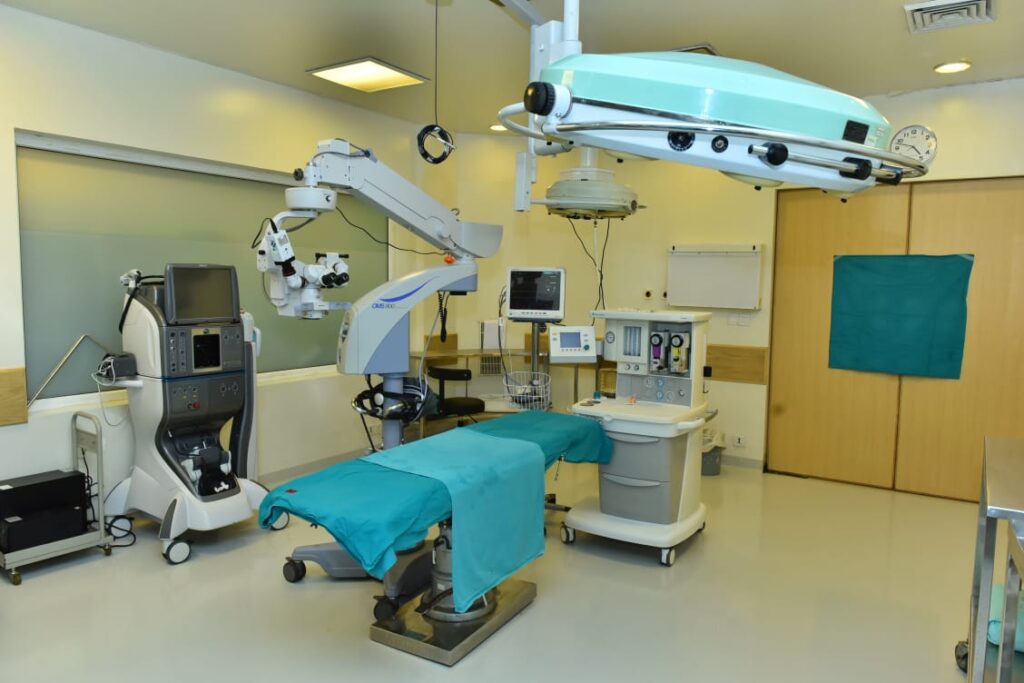
The Risks and Complications of LASIK
Potential Short-Term Side Effects
As with any surgical procedure, LASIK does carry risks, albeit relatively low ones. Some individuals may experience short-term side effects such as dry eyes, glare, halos, and temporary visual disturbances. These side effects, however, typically resolve within a few weeks as the eyes heal and adjust to the new corneal shape. Complications arising from LASIK are rare but can include infection, corneal flap complications, and under or overcorrections, highlighting the importance of choosing a skilled and experienced surgeon.
Understanding Long-Term Risks
While the vast majority of LASIK patients achieve clear and stable vision, there is a small risk of long-term complications. These include corneal haze, regression of vision, and the need for further enhancements or touch-up procedures. Additionally, changes in vision may occur as individuals age, necessitating the use of reading glasses even after LASIK. It is crucial for potential LASIK candidates to discuss these risks thoroughly with their surgeon to make an informed decision regarding the procedure.
Making the Decision: Is LASIK Right for You?
Evaluating Your Eye Health
Deciding whether LASIK is the right choice for you requires a comprehensive evaluation of your eye health. Factors such as the stability of your refractive error, the thickness and shape of your cornea, and the presence of any underlying eye conditions must be considered. A thorough consultation with an experienced LASIK surgeon will provide insight into your eligibility and help you weigh the potential benefits against the risks.
Financial Considerations
Another crucial aspect to consider when contemplating LASIK is the financial investment required for the procedure. Unlike glasses or contact lenses, which need continuous replacement, LASIK provides a one-time solution to visual impairments. Although the upfront cost may seem significant, the long-term savings on eyewear and associated maintenance can offset the initial expense. Many clinics also offer flexible financing options, making LASIK more accessible than ever before.
Emotional and Psychological Factors
Lastly, it is important to assess the emotional and psychological factors surrounding your decision to undergo LASIK. Some individuals may have deep-seated fears or anxiety related to surgical procedures, which could influence their candidacy or make the process more challenging. Openly discussing these concerns with your surgeon and seeking support from loved ones can help alleviate anxiety and ensure a positive experience.
Visual freedom is no longer reserved for the lucky few. With the immense strides in LASIK technology, millions have bid farewell to their dependence on glasses or contact lenses, embracing the transformative power of clear vision. Through a better understanding of LASIK, its benefits, risks, and suitability, individuals can make an informed decision and embark on a remarkable journey towards visual freedom.





